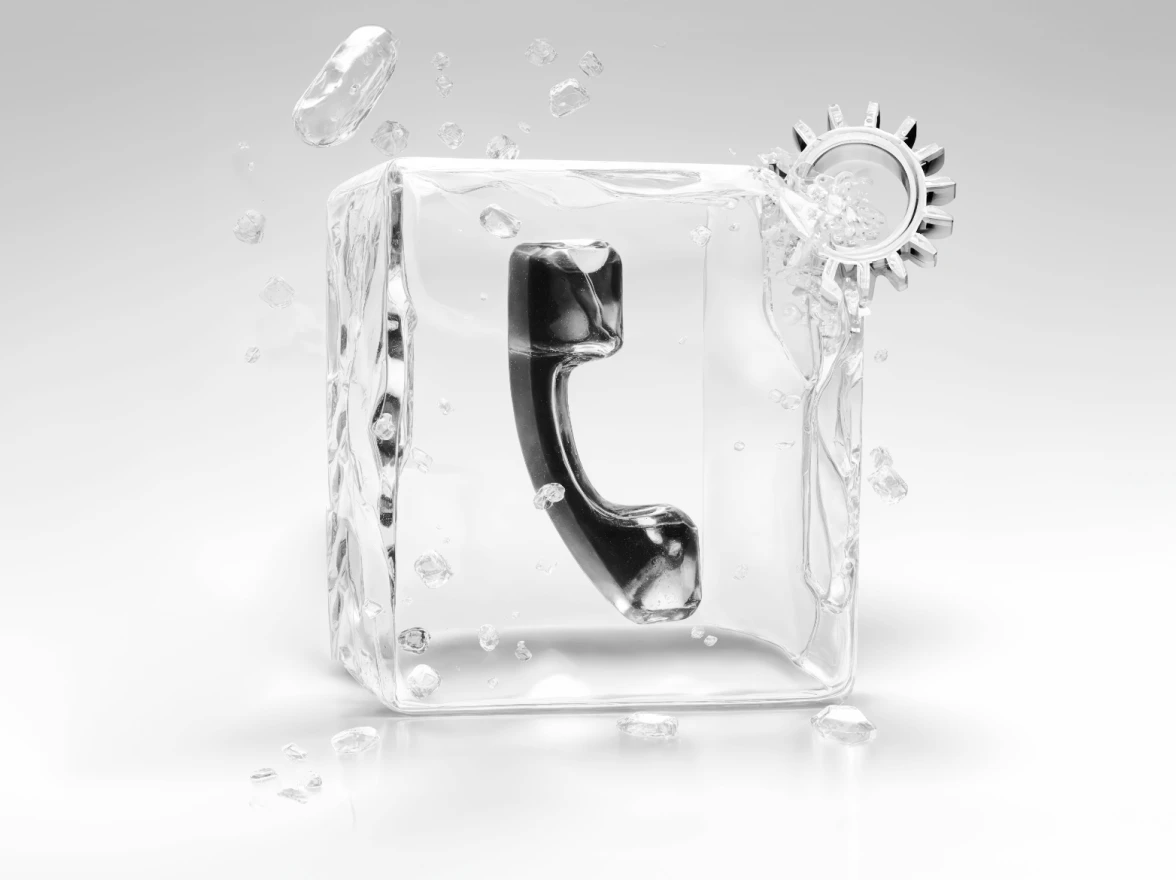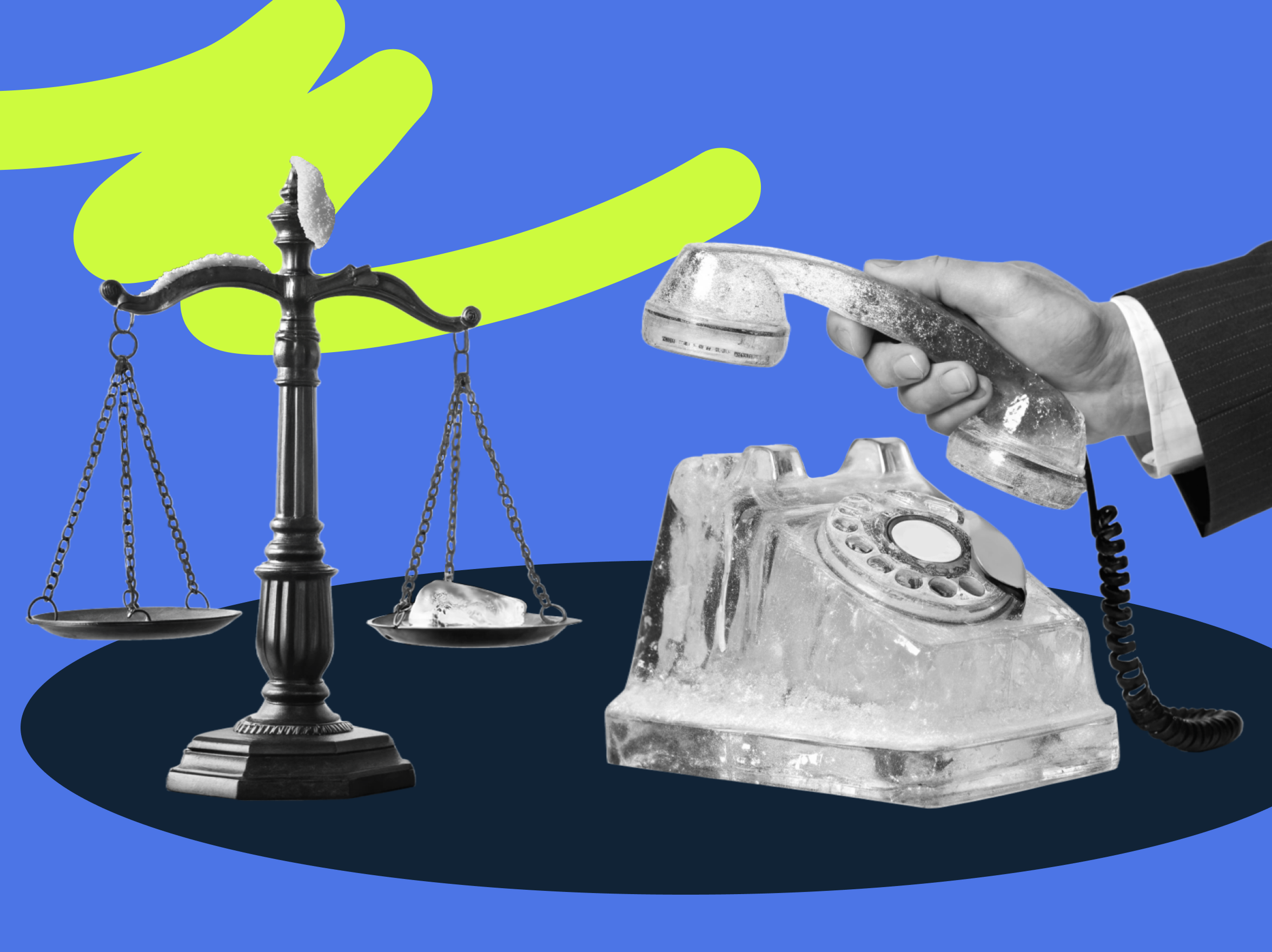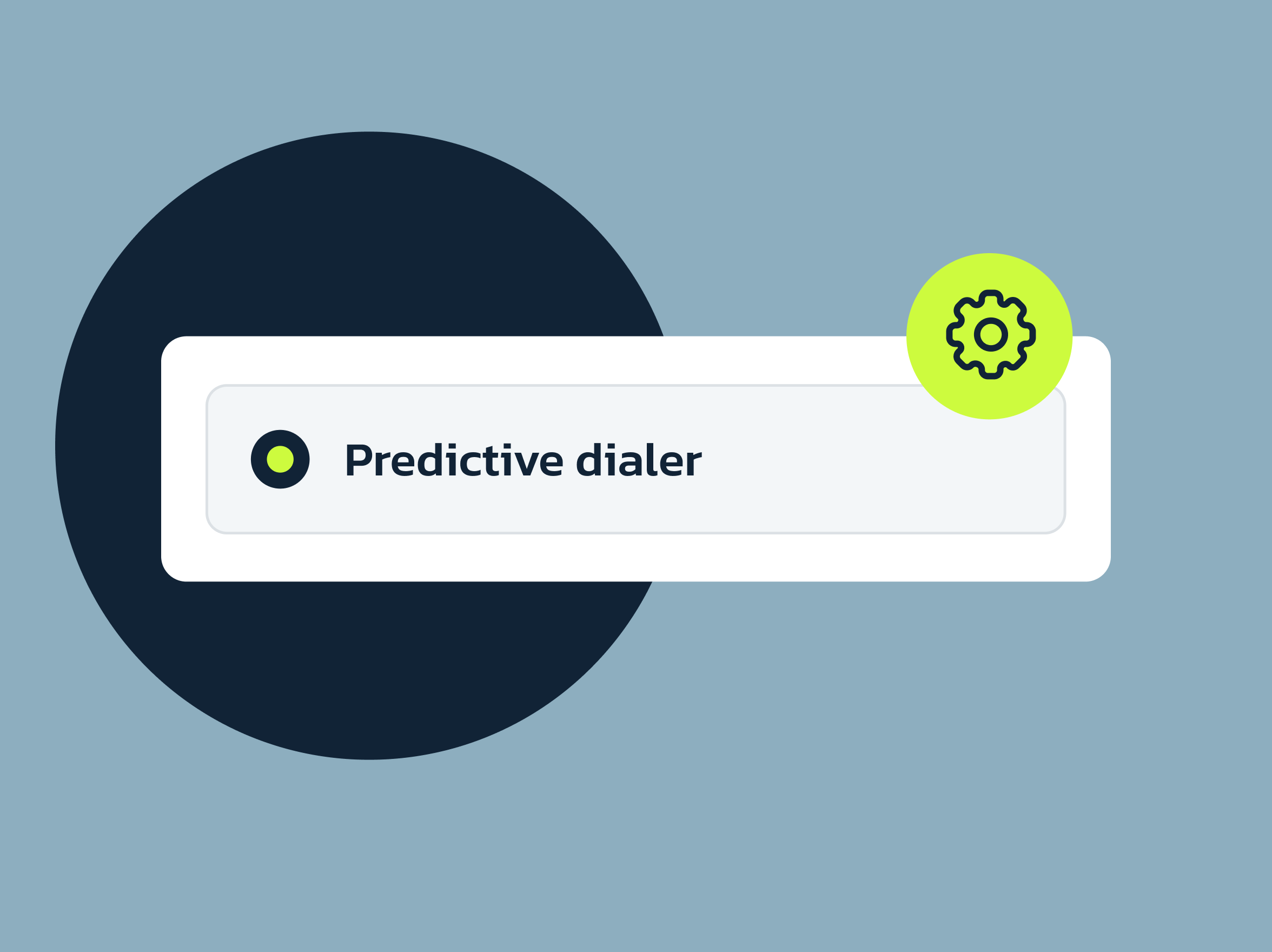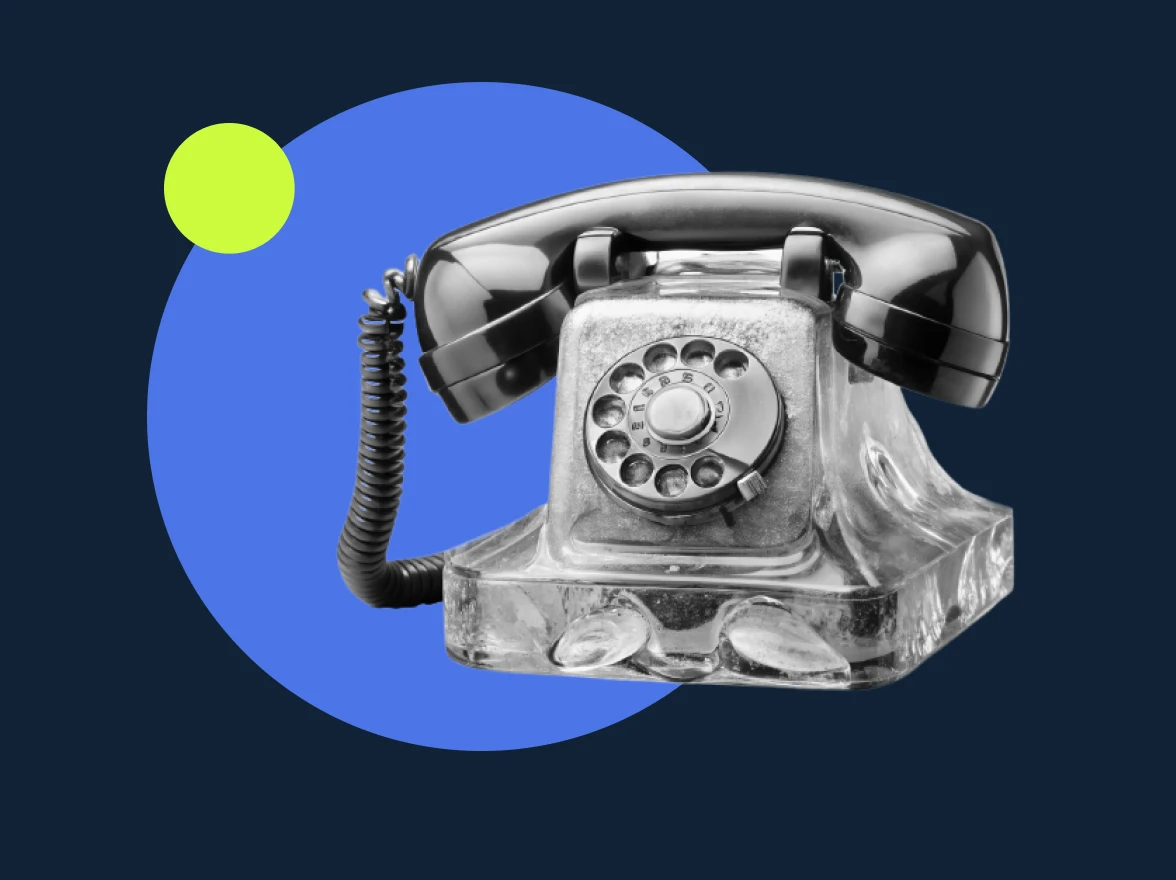The timing of outbound calls is extremely important, but unfortunately, it’s often overlooked. The right call can make a drastic difference when it comes to connection rates and conversion rates in jobs such as sales, customer service, or appointment-setting roles.
So, when is it best to call someone? To find out, we analyzed 187,684 weekday calls placed by MightyCall users in different time zones. We used anonymized phone call records and time adjustments for each location to find out exactly when customers are most likely to answer.
To grasp a full picture of the current trend, we did not analyze data from various industries. Furthermore, to guarantee our client’s privacy, we did not listen to any calls. Instead, we depended on the duration and status of the call to determine its success.
Key Findings
- The average rate of successful outbound calls is only 20.8%.
- Monday 8 AM (local time) had the highest success rate: 30.4%.
- The 8 AM to 11 AM window consistently outperforms all other time slots.
- Monday and Tuesday are the strongest days for success.
Overall success rate and call volume distribution
After reviewing our total data of 251,256 calls, we selected only 187,684 valid calls (cold call hours on weekdays). In this final dataset, only 20.8% of the calls were classified as “successful” because they lasted for at least 30 seconds and the system showed a “connected” result.
This is the strongest demonstration of why calling at strategic times is critical. Doing so can be an immense advantage for your business.
Time of Day: Early mornings reign supreme
It is evident from looking at local hour data that there is a clear pattern in the success rate.

During the first hour at work (8 AM), the success rate is 26.8%. At this time, people are active and responsive. After all, their inbox isn’t full yet, meaning they’re more willing to answer calls from unknown numbers. The chances of success decrease after noon, possibly because decision-makers are dealing with more tasks and feeling less receptive.
Furthermore, it is illegal to cold call outside the time frame of 8 AM to 9 PM, so this is an event better incentive for agents to be more active during these legal early hours.
The best days to call are early in the week

Mondays have the highest success rate, 24%; Tuesdays come in second with 22.2%. This could happen because people are more available on Mondays and Tuesdays, and do not yet have many follow-up emails to answer.
The findings revealed that teams may not be making good use of Mondays. If outreach efforts happen more on Monday mornings, this could lead to a big jump in performance.
From Wednesday to Friday, the likelihood of success dropped compared to what was seen earlier in the week. At 10 AM on Wednesday, the success rate was the lowest at only 17.0%. It seems that being in the middle of the week leads to more distractions, more meetings, or less attentiveness.
Hour-by-Hour breakdown by day
To understand how hours and days affect success, we created a cross-tabulation of the working week’s results.
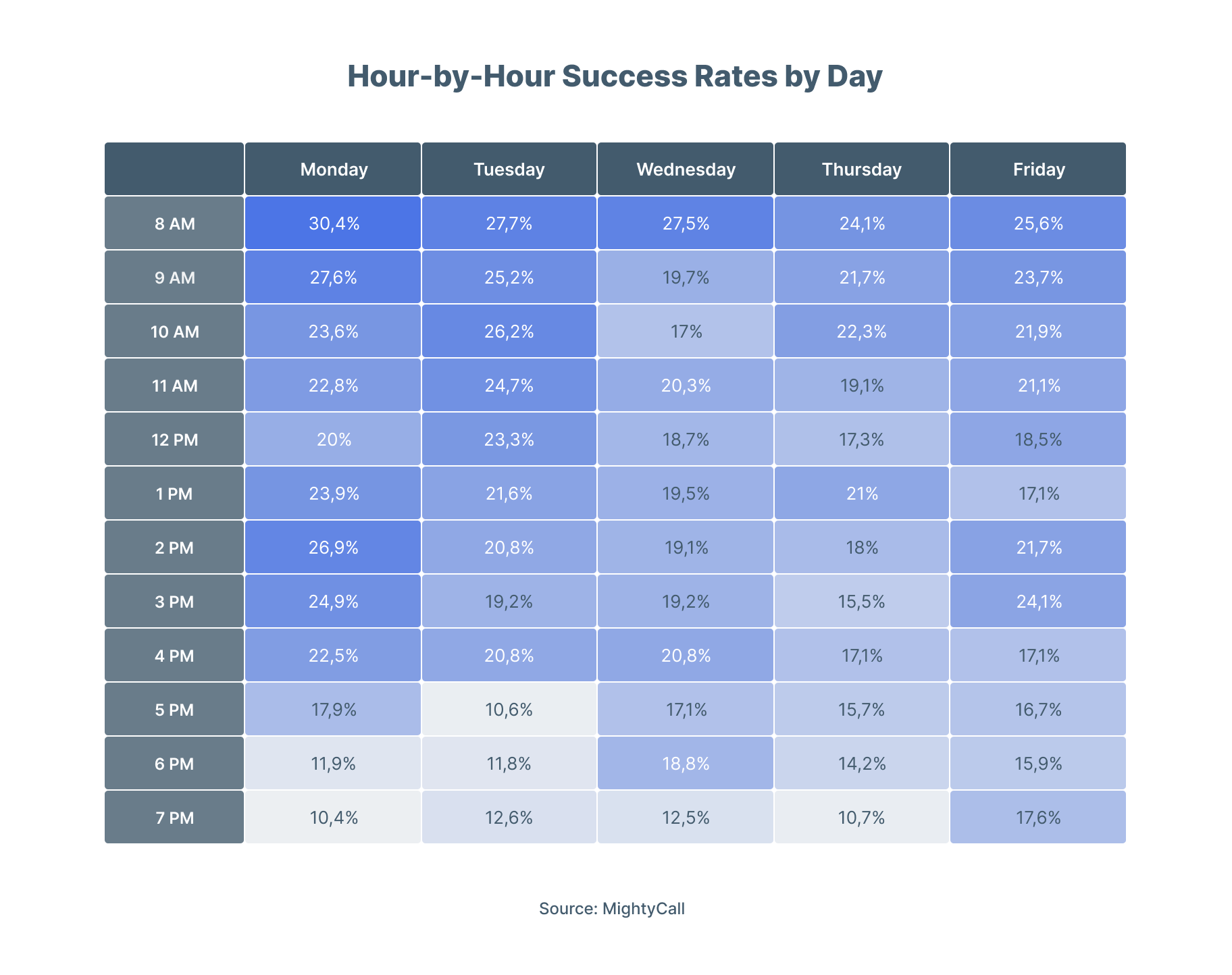
It’s evident that start-of-week calls are especially effective, mainly between 8 and 10 AM. Monday and Tuesday are the most successful days, and Monday at 8 AM gets the best success rate, 30.4%. These early hours are typically not filled with schedules, thus allowing decision-makers to accept more external calls.
10 AM on Tuesday has an interesting pattern, where it experiences a higher success rate (26.2%) compared to the rest of the day. This could happen because there is more space in the week for strategy talks, as contacts have settled in and reviewed their priorities.
Although there is a good start, there is a clear drop in success by mid-morning on Wednesdays, when the rate at 10 AM drops to just 17.0%. This drop in productivity might happen because of more meetings, tiredness on Wednesday, or focusing on doing tasks instead of taking external calls.
As the week goes on, the level of performance tends to drop in most time slots, especially on Thursday and Friday. However, on Friday at 7 PM, sales increased unexpectedly (17.6%). This could be explained by the end-of-week urgency, which pushes the buyers to finish deciding on items before the weekend or arrange things after business hours.
Cold call hours vs. Non-business hours
All the calls examined were made between 8 AM and 8 PM local time. However, success is more likely to happen in the morning hours.
Nevertheless, that is not to say that any hour between 8 AM and 8 PM is as good as any other. There are much higher chances of success when calls are made between 8–11 AM than after 2 PM.
Geographic distribution
38.4% of the calls happened with clients in the Pacific Time Zone (UTC-08:00), which was the most common area in the dataset.
When creating call schedules, outreach teams should take into account the time zone differences. Not adjusting work hours to the client’s time zone often has a bad effect on the results.
Conclusion
It is clear from the results that the best time to call is in the early part of the week and early in the morning. In particular, Monday mornings are the most productive slot for businesses to reach out to their clients. Don’t miss out on this golden opportunity!
Who you reach out to matters, but when to do so is equally important. Introducing this new insight into your workflow can potentially get more connections and achieve more conversions.
Recommendations for teams
- Shift outreach focus to Mondays and Tuesdays, especially between 8–11 AM.
- Reallocate staff and resources to prioritize peak time slots.
- Identify and analyze any midweek slumps, especially on Wednesday at 10 AM.
- Allow more experiments with scripts and incentives to counter low-performance times.
- Perform daily data analysis, including statistical significance testing, to validate emerging trends.
- Use timezone-adjusted tools to align calling schedules with local recipient hours.
- When you expect high answer rates, lower the concurrent‑call ratio per agent to avoid abandoned calls and give reps enough time to personalize the conversation.
- Follow TCPA (and analogous local) regulations to avoid being labelled as spam/scam
- Eliminate redundant info, remove opt‑outs, refresh numbers, and enrich records so agents reach the right people
Methodology
The analysis used outbound call data from MightyCall’s system, accounting for a total of 251,256 records. The entire dataset was anonymized. To protect our client’s privacy, no call was listened to, but instead used different criteria to determine its characteristics. The data was refined many times to ensure it was both accurate and still relevant:
- Client selection: The dataset was reduced to feature only the top 20 clients by the number of calls they made, resulting in 232,986 calls. By doing this, the analysis could be concentrated on the most active users to get useful statistical findings.
- Cold call hours filter: Cold call hours were used to filter the data, so only calls made between 8:00 AM and 8:00 PM in the recipient’s time zone were kept. The process resulted in 194,970 calls, which matched the usual hours of businesses being open.
- Weekday focus: By excluding calls made on weekends, we were left with 187,684 weekday calls.
- Definition of a successful call: A call was classified as successful if it met two criteria:
– The system’s outcome was marked as “Connected.”
– The call duration was 30 seconds or longer - Local time zone normalization: All call timestamps were adjusted according to the recipient’s local time so that the study included hourly and daily trends matching the person’s work habits and behaviors.
This structured approach aimed for a clear, time-sensitive analysis of outbound call effectiveness across different time slots and weekdays.
This article is designed to serve as a general, data-backed guideline on the best times for cold calling. It’ll offer industry-level insights.
That said, we can definitely highlight within the piece that MightyCall users already have access to personalized performance data. For example:
“Our system allows each client to track their own call success rates by time and day, giving them real-time insights into when their calls perform best, tailored specifically to their business and audience.”
We’ll include this point in the article as a value-added feature of MightyCall, reinforcing that while the study gives broad benchmarks, MightyCall gives you the ability to monitor and act on your own call performance data directly from your dashboard.







